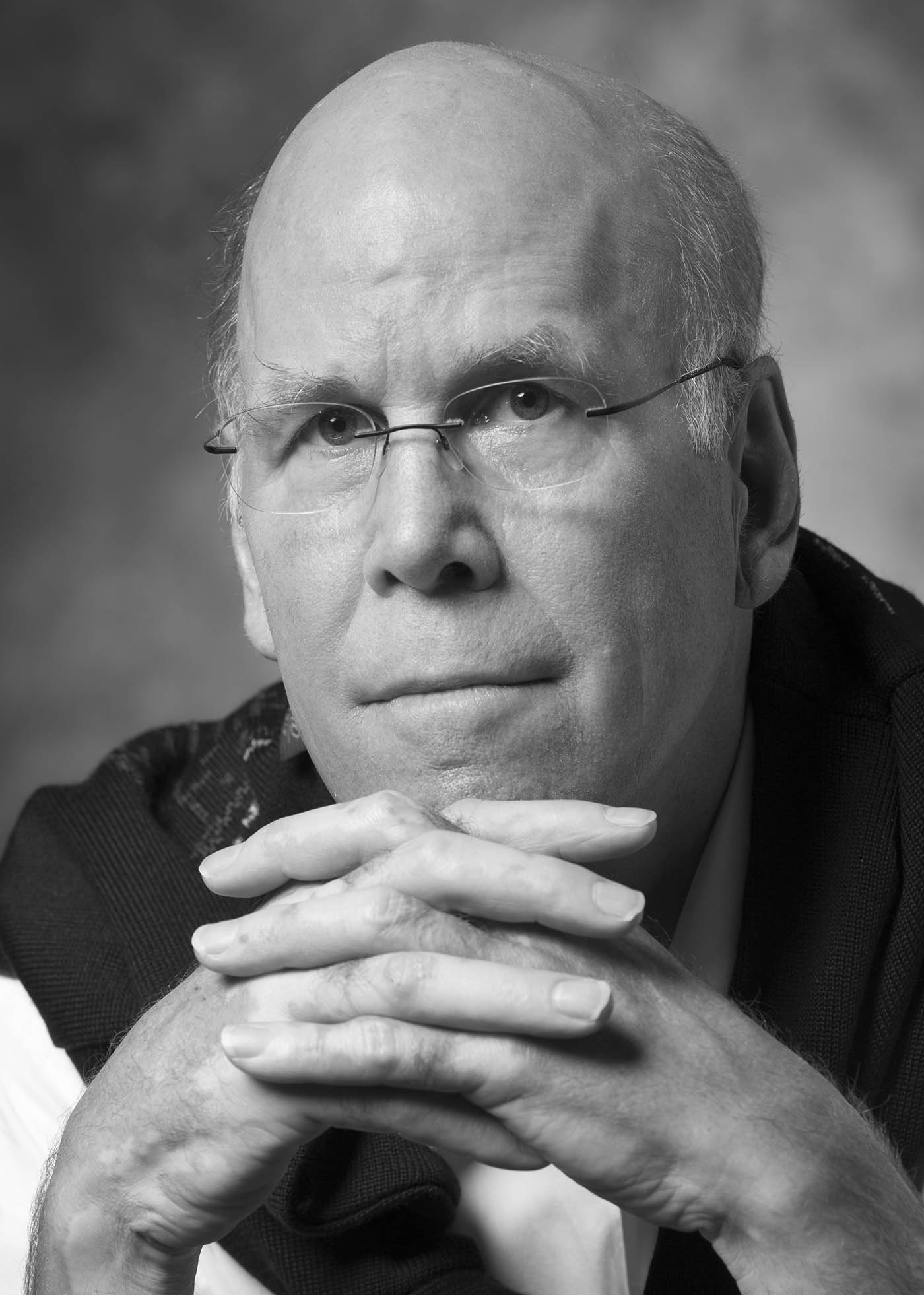THOMAS BOLLAY AIA
PROFILE

Thomas Bollay has been practicing traditional architecture for more than three decades.
His firm, Thomas Bollay Architects, Inc. was founded in 1983 and is noted for the
sensitive restoration of many of Santa Barbara’s landmark buildings as well as creating
innovative original designs based on authentic historical references. His firm is
committed to preservation and quality design, inspired by early twentieth century revival
architecture as well as the historic domestic and civic architecture of Spain. Widely
published his work has been featured in many books and magazines including Russell
Versaci’s Creating a New Old House and Traditional Building Magazine.
His historic preservation work includes the restoration of such significant buildings as
early adobes in Santa Barbara and Ventura Counties, the 1927 Biltmore Hotel,
Santa Barbara, and the Music Academy of the West “Mira Flores” main house,
Montecito. In his expose on Santa Barbara’s top architects, architectural historian David
Gebhard summed up Bollay’s revival work with, “Bollay’s success is based upon a close
study of the revivalist buildings, as well as their original sketches and working drawings.
He has traveled to Europe, consciously trying to experience the original prototypes as the
architects of the 1920’s would have. His plans start with revivalist schemes but reflect
current uses and how we react to indoor and outdoor spaces… exhibiting a low-keyed,
Modernist sensibility.”
Bollay graduated from Cal Poly San Luis Obispo in 1977, earning a Bachelor of Science
degree in Architecture. While studying at Cal Poly he double majored in Architectural
Engineering and is now licensed as both an Architect and Professional Engineer.
Bollay began his career in association with structural engineer Frank Hodosy, with
whom he worked closely on the restoration of many of the historic adobe buildings in
Santa Barbara’s downtown area. From this early experience Bollay found his lifelong
passion, the preservation of early California architecture. Henceforth, he based his
designs on historical references, primarily focusing on the Spanish Revival period
between 1915 and 1930. Besides his current design and preservation work, Bollay is
writing a guide to the Spanish Colonial Revival style for architects that will feature over
100 measured drawings of important Santa Barbara buildings from that period. Besides
these drawings, the book with the working title of Santa Barbara Details includes
discussion of specific buildings, the architects who designed them, and the important
character-defining elements of the structures. Historical photographs will also be
included.